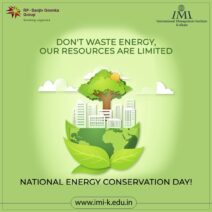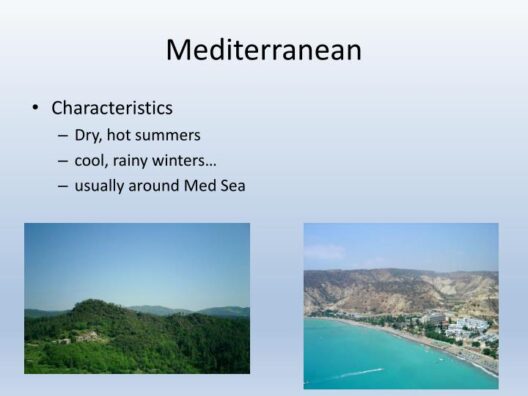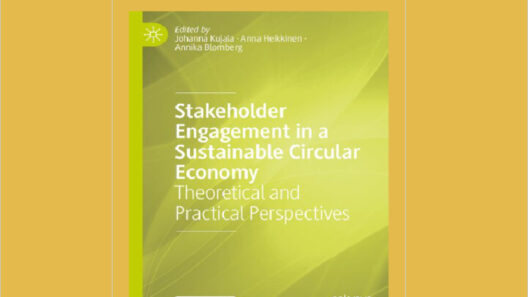Respiration and photosynthesis are two fundamental biological processes that not only sustain life on Earth but also play pivotal roles in conserving energy and matter. Understanding the intricate relationship between these processes reveals how they work synergistically to maintain ecological balance and support the biosphere. This exploration promises to shift your perspective, deepen your understanding, and pique your curiosity about the marvels of life and the planet’s intricate systems.
At the heart of both respiration and photosynthesis lies the concept of energy transformation. Photosynthesis, primarily conducted by plants, algae, and some bacteria, is the process through which sunlight is converted into chemical energy. During this process, chlorophyll—a pigment found in plant leaves—captures solar energy and uses it to convert carbon dioxide and water into glucose and oxygen. The generalized equation for photosynthesis can be summarized as:
6 CO2 + 6 H2O + light energy → C6H12O6 + 6 O2
This remarkable transformation not only yields glucose, a vital source of energy for the plant itself, but also produces oxygen, which is essential for aerobic organisms. Through photosynthesis, plants act as primary producers, creating the foundational energy source for nearly all life forms in the biosphere.
In stark contrast, respiration is the process whereby organisms—plants, animals, fungi, and bacteria—break down glucose and other organic molecules to release stored energy for cellular processes. Respiration can be categorized into aerobic (requiring oxygen) and anaerobic (occurring without oxygen) processes. The overall equation for cellular respiration inversely mirrors that of photosynthesis:
C6H12O6 + 6 O2 → 6 CO2 + 6 H2O + ATP (energy)
ATP, or adenosine triphosphate, is the energy currency of cells, fueling virtually every biological function from muscle contraction to nerve impulse transmission. As glucose is metabolized, the energy released is harnessed to produce ATP, which can then be utilized by cells to perform work.
The interdependence of respiration and photosynthesis illustrates a remarkable cycle of energy and matter conservation. During photosynthesis, carbon dioxide is sequestered from the atmosphere. This helps mitigate the greenhouse effect—a central issue in climate change. The resultant glucose not only serves as energy storage for the plant but also forms the basis of the food web, sustaining herbivores, carnivores, and decomposers within the ecosystem.
Simultaneously, the oxygen produced during photosynthesis is a byproduct that replenishes atmospheric oxygen levels, essential for aerobic respiration. This divine orchestration highlights how these processes conserve matter; carbon, hydrogen, and oxygen cycle through living systems, ensuring the sustainability of life on Earth.
Moreover, a captivating aspect of respiration and photosynthesis is the intricate storage of energy in chemical bonds. In photosynthesis, solar energy is converted into potential energy stored in glucose molecules. In respiration, this potential energy is transformed into kinetic energy as ATP, enabling cells to perform biological functions. This cyclical transfer of energy exemplifies the law of conservation of energy: energy cannot be created or destroyed, only transformed. Understanding this principle is crucial as it underscores the need for energy efficiency in our own lives and industries to combat climate change.
Yet, the interplay between these processes extends beyond mere energy conversion. Microbial respiration, especially in anaerobic environments, exemplifies an alternative form of metabolism that recycles nutrients within ecosystems. Decomposers, such as bacteria and fungi, break down dead organic matter, releasing nutrients back into the soil and promoting plant growth, hence supporting the photosynthesis process anew. This nutrient recycling is paramount for soil fertility and overall ecosystem productivity.
Human activities, unfortunately, have disrupted this delicate balance through deforestation, pollution, and fossil fuel combustion. The direct result has been an increase in atmospheric carbon dioxide levels, exacerbating climate change. However, reforestation and sustainable agricultural practices can enhance photosynthesis, increasing carbon sequestration. This highlights an opportunity for a symbiotic relationship between human innovation and nature’s processes, where society embraces practices that not only reduce environmental impact but also leverage natural processes for enhanced sustainability.
In light of these complexities, it is essential to consider the broader implications of our actions on this interconnected system. Promoting understanding, awareness, and education around these processes fosters a culture of responsibility. By utilizing renewable energy sources and adopting practices that align with natural processes, society can improve not only its ecological footprint but also its overall quality of life.
The narrative surrounding respiration and photosynthesis leads to profound insights. These processes do not just sustain life; they embody the principles of conservation, efficiency, and reciprocity within the natural world. As such, understanding how these systems conserve energy and matter transcends scientific inquiry—it is a call to action. By re-envisioning our relationship with the environment, we can foster a sustainable future that honors the complex interplay of life on Earth. Indeed, it is a process that, metaphorically and literally, allows us to breathe life into our planet.







